Home>Furniture & Design>Outdoor Furniture>How Do Outdoor Fountains Work
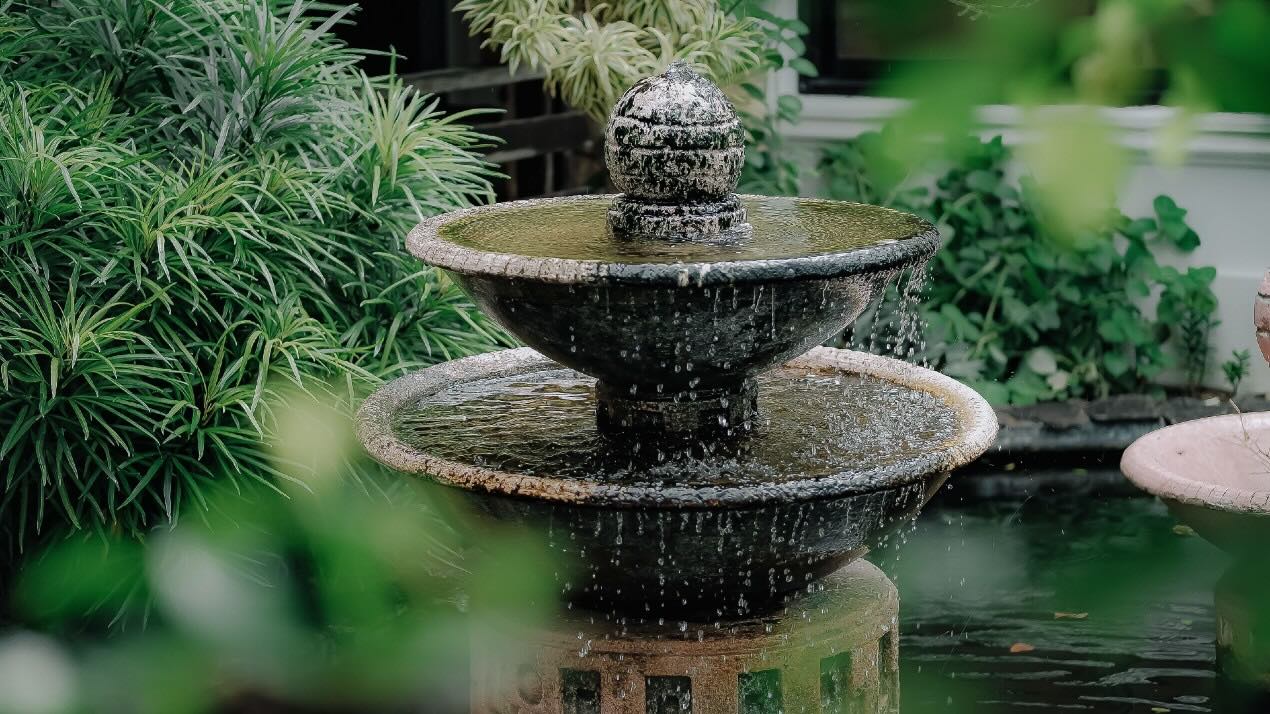

Outdoor Furniture
How Do Outdoor Fountains Work
Modified: January 14, 2024
Discover the inner workings of outdoor fountains and enhance your outdoor space with our expert guide. Explore the latest trends in outdoor furniture, design, and more.
(Many of the links in this article redirect to a specific reviewed product. Your purchase of these products through affiliate links helps to generate commission for Storables.com, at no extra cost. Learn more)
Introduction
Outdoor fountains have a magical ability to transform any outdoor space into a serene and tranquil oasis. The gentle sound of flowing water, the mesmerizing visual display, and the harmonious blend with nature make outdoor fountains a captivating addition to gardens, patios, and landscapes. In this article, we will delve into the fascinating world of outdoor fountains, exploring their components, mechanisms, types, and maintenance requirements.
Outdoor fountains have been enchanting people for centuries, dating back to ancient civilizations where they were not only decorative but also symbolized the importance of water in sustaining life. Today, outdoor fountains continue to hold a special place in the realm of outdoor furniture and design, offering both aesthetic and practical benefits.
Join us as we unravel the inner workings of outdoor fountains, shedding light on their components, the intricate water circulation system, the pumping mechanism, the various types available, and the essential maintenance practices to keep them in pristine condition. Whether you are a seasoned enthusiast or a newcomer to the world of outdoor fountains, there is much to discover and appreciate about these captivating water features.
Key Takeaways:
- Outdoor fountains create a serene oasis with mesmerizing water displays, offering both aesthetic beauty and practical benefits for outdoor spaces.
- Understanding the components, water circulation system, and maintenance of outdoor fountains enhances appreciation for their captivating allure and timeless impact on outdoor environments.
Read more: How Do Outdoor Faucets Work
Components of Outdoor Fountains
Outdoor fountains are composed of several key components, each playing a crucial role in creating the mesmerizing water display and maintaining the fountain’s functionality. Understanding these components provides insight into the inner workings of outdoor fountains, enabling enthusiasts to appreciate their intricate design and operation.
- Basin: The basin serves as the foundation of the fountain, holding the water and housing the pump and other components. It is available in various materials such as stone, concrete, or fiberglass, offering durability and aesthetic versatility.
- Water Reservoir: This component stores the water needed for the fountain’s operation. It is typically located beneath the basin and ensures a continuous water supply for the fountain’s circulation system.
- Nozzle: The nozzle is responsible for creating the captivating water patterns and effects. It comes in different designs, such as tiered, spray, or spout nozzles, each producing unique water displays.
- Decorative Elements: Many outdoor fountains feature decorative elements such as statuary, sculptural accents, or intricate carvings, adding artistic flair and visual interest to the fountain’s design.
- Lights: Illuminating the fountain with strategically placed lights enhances its visual appeal, especially during evening hours. LED lights are commonly used for their energy efficiency and ability to produce captivating underwater effects.
- Plumbing and Tubing: The plumbing and tubing system facilitates water flow from the reservoir to the nozzle, ensuring a continuous and controlled circulation of water throughout the fountain.
These components work in harmony to create a captivating symphony of water and light, elevating the ambiance of any outdoor setting. The next section will delve into the intricate water circulation system that enables outdoor fountains to maintain their enchanting display.
Water Circulation System
The water circulation system forms the heart of an outdoor fountain, orchestrating the mesmerizing movement and continuous flow of water. This intricate system ensures that water is efficiently distributed, recycled, and maintained at optimal levels, contributing to both the visual appeal and the functionality of the fountain.
Key elements of the water circulation system include:
- Water Pump: The water pump is the powerhouse of the circulation system, responsible for drawing water from the reservoir and propelling it through the fountain’s plumbing and tubing to the nozzle. It plays a vital role in maintaining a steady and controlled flow of water, essential for creating captivating water patterns and effects.
- Filter: To maintain water clarity and purity, many outdoor fountains are equipped with filters that trap debris, dirt, and other impurities. This ensures that the circulating water remains clean and free from contaminants, contributing to the overall aesthetic and longevity of the fountain.
- Water Distribution: The plumbing and tubing system facilitates the distribution of water from the pump to the nozzle, ensuring a seamless and controlled flow. This network of pipes and fittings is carefully designed to optimize water distribution and create captivating water displays.
- Overflow Mechanism: In larger fountains or those with intricate water features, an overflow mechanism is incorporated to regulate water levels and prevent overflow. This ensures that the fountain operates within optimal parameters, preventing water wastage and maintaining a harmonious water balance.
Together, these components form a cohesive water circulation system, ensuring that the fountain operates with efficiency, grace, and visual allure. The next section will explore the pumping mechanism, shedding light on the pivotal role it plays in sustaining the captivating water displays of outdoor fountains.
Pumping Mechanism
The pumping mechanism of an outdoor fountain is a fundamental component that drives the graceful movement and continuous flow of water, shaping the captivating water displays that define these enchanting features. Understanding the pumping mechanism provides insight into the dynamic forces at play, orchestrating the rhythmic dance of water within the fountain.
Key aspects of the pumping mechanism include:
- Submersible Pump: Many outdoor fountains utilize submersible pumps, which are designed to be submerged in the water reservoir. These pumps are specifically engineered to operate underwater, drawing water from the reservoir and propelling it through the fountain’s plumbing and tubing to the nozzle. Submersible pumps are favored for their quiet operation and ability to maintain a consistent water flow.
- Adjustable Flow Rate: The pumping mechanism often features adjustable flow rate settings, allowing users to regulate the intensity of the water flow and customize the water display according to their preferences. This flexibility empowers enthusiasts to create diverse water patterns and effects, adapting the fountain’s ambiance to different settings and occasions.
- Energy Efficiency: Many modern outdoor fountain pumps are designed for energy efficiency, consuming minimal power while delivering optimal water circulation. This eco-friendly approach ensures that the fountain can operate sustainably, minimizing energy consumption without compromising its captivating water displays.
- Durability and Reliability: The pumping mechanism is engineered for durability and reliability, capable of sustaining continuous operation while withstanding the rigors of outdoor environments. This robust design ensures that the fountain’s water circulation remains steadfast and consistent, enhancing the longevity and performance of the pumping mechanism.
By harmonizing these elements, the pumping mechanism breathes life into the fountain, infusing it with the mesmerizing vitality of flowing water. The next section will illuminate the diverse types of outdoor fountains, each offering unique characteristics and enchanting qualities to elevate outdoor spaces.
Outdoor fountains work by using a pump to circulate water from a reservoir through a decorative spout or nozzle, creating a continuous flow. The pump is usually powered by electricity or solar energy. Regular maintenance and cleaning are important to keep the fountain running smoothly.
Types of Outdoor Fountains
Outdoor fountains encompass a diverse array of types, each distinguished by its design, water features, and aesthetic appeal. From classic designs to modern innovations, outdoor fountains offer a broad spectrum of options to suit various preferences and outdoor settings, enriching landscapes with their captivating presence.
Key types of outdoor fountains include:
- Tiered Fountains: These timeless fountains feature multiple tiers that allow water to cascade from one level to the next, creating a mesmerizing and soothing water display. Tiered fountains exude elegance and are often adorned with ornate details, making them a focal point in gardens and courtyards.
- Wall Fountains: Wall fountains are designed to be mounted on walls or vertical surfaces, making them ideal for compact outdoor spaces. They showcase a seamless blend of water and architecture, adding a touch of tranquility and visual allure to patios, balconies, and outdoor living areas.
- Spout Fountains: These minimalist fountains feature a single spout or multiple spouts that release water into a basin or reservoir. With their clean lines and contemporary appeal, spout fountains offer a modern aesthetic while providing the calming presence of flowing water.
- Statuary Fountains: Statuary fountains integrate sculptural elements, such as figurines, animals, or mythical creatures, into their design. These artistic fountains evoke a sense of charm and whimsy, infusing outdoor spaces with character and storytelling through their sculptural motifs.
- Pondless Fountains: Offering a unique twist, pondless fountains feature a concealed water reservoir beneath decorative stones or pebbles. This design creates the illusion of a natural water feature while minimizing maintenance and safety concerns, making pondless fountains a versatile choice for various outdoor environments.
Each type of outdoor fountain possesses its own allure, catering to diverse tastes and design preferences. Whether seeking a traditional, ornate fountain or a contemporary, minimalist design, enthusiasts can find an outdoor fountain that harmonizes with their outdoor aesthetic and creates a captivating focal point within the landscape.
The next section will delve into the essential maintenance practices required to preserve the beauty and functionality of outdoor fountains, ensuring that they continue to enchant and inspire for years to come.
Read more: How Does A Water Fountain Work
Maintenance of Outdoor Fountains
Maintaining outdoor fountains is essential to preserve their beauty, functionality, and longevity. By implementing regular maintenance practices, enthusiasts can ensure that their fountains continue to enchant and inspire, creating a harmonious and captivating presence within outdoor spaces.
Key maintenance practices for outdoor fountains include:
- Cleaning and Water Quality: Regularly cleaning the fountain basin, removing debris, and maintaining optimal water quality is crucial. This involves removing leaves, dirt, and other debris from the water surface and utilizing fountain-safe cleaning agents to prevent algae and mineral buildup.
- Pump Maintenance: Inspecting and cleaning the fountain’s pump, ensuring that it remains free from debris and operates smoothly, is essential. Regular pump maintenance helps sustain optimal water circulation and prevents potential issues that may affect the fountain’s performance.
- Inspecting Plumbing and Tubing: Periodically checking the fountain’s plumbing and tubing for leaks, blockages, or wear is vital. Addressing any issues promptly helps maintain efficient water distribution and prevents potential damage to the fountain’s components.
- Winter Preparation: In colder climates, preparing the fountain for winter is crucial to prevent damage from freezing temperatures. This may involve draining the fountain, removing the pump for storage, and taking steps to protect the fountain’s materials from frost and ice.
- Lighting Maintenance: If the fountain features lighting, ensuring that the lights are functioning properly and replacing any bulbs as needed is important. Proper lighting maintenance enhances the visual impact of the fountain, especially during evening hours.
By incorporating these maintenance practices into a regular care routine, outdoor fountain enthusiasts can uphold the beauty and functionality of their water features, ensuring that they continue to enrich outdoor spaces with their captivating presence. Additionally, following manufacturer’s guidelines and recommendations for specific fountain models can provide valuable insights into tailored maintenance requirements.
As we conclude our exploration of outdoor fountains, we invite you to embrace the enchanting allure of these water features, discovering the transformative impact they offer for outdoor settings. Whether nestled in a garden, adorning a patio, or gracing a public space, outdoor fountains stand as timeless symbols of tranquility and beauty, inviting us to immerse ourselves in their mesmerizing embrace.
Conclusion
Outdoor fountains, with their captivating water displays and serene presence, hold a timeless allure that transcends generations. From the classical elegance of tiered fountains to the modern charm of wall fountains, these enchanting water features have the power to transform outdoor spaces into tranquil retreats, inviting us to pause, reflect, and reconnect with the soothing rhythm of flowing water.
As we have journeyed through the inner workings of outdoor fountains, exploring their components, water circulation system, pumping mechanism, diverse types, and essential maintenance practices, we have gained a deeper appreciation for the artistry and engineering that define these captivating features. Each component harmonizes with the next, orchestrating a symphony of water and light that elevates the ambiance of gardens, courtyards, and landscapes.
Beyond their aesthetic appeal, outdoor fountains offer a source of inspiration and rejuvenation, infusing outdoor environments with a sense of tranquility and natural beauty. Whether as a focal point in a residential garden, a decorative accent in a public space, or a soothing backdrop for outdoor gatherings, outdoor fountains enrich our lives with their timeless allure.
Embracing the enchanting allure of outdoor fountains invites us to savor the simple pleasures of nature, the mesmerizing dance of water, and the transformative impact of artful design. As we pause to admire the graceful movement and soothing sounds of these water features, we are reminded of the profound connection between the elements, the timeless beauty of outdoor furniture and design, and the enduring appeal of creating harmonious outdoor spaces.
May the enchanting presence of outdoor fountains continue to inspire us, inviting moments of reflection, appreciation, and tranquility in the midst of our bustling lives. Let us embrace the captivating allure of outdoor fountains, celebrating their ability to elevate outdoor environments and touch our hearts with their timeless beauty.
Frequently Asked Questions about How Do Outdoor Fountains Work
Was this page helpful?
At Storables.com, we guarantee accurate and reliable information. Our content, validated by Expert Board Contributors, is crafted following stringent Editorial Policies. We're committed to providing you with well-researched, expert-backed insights for all your informational needs.
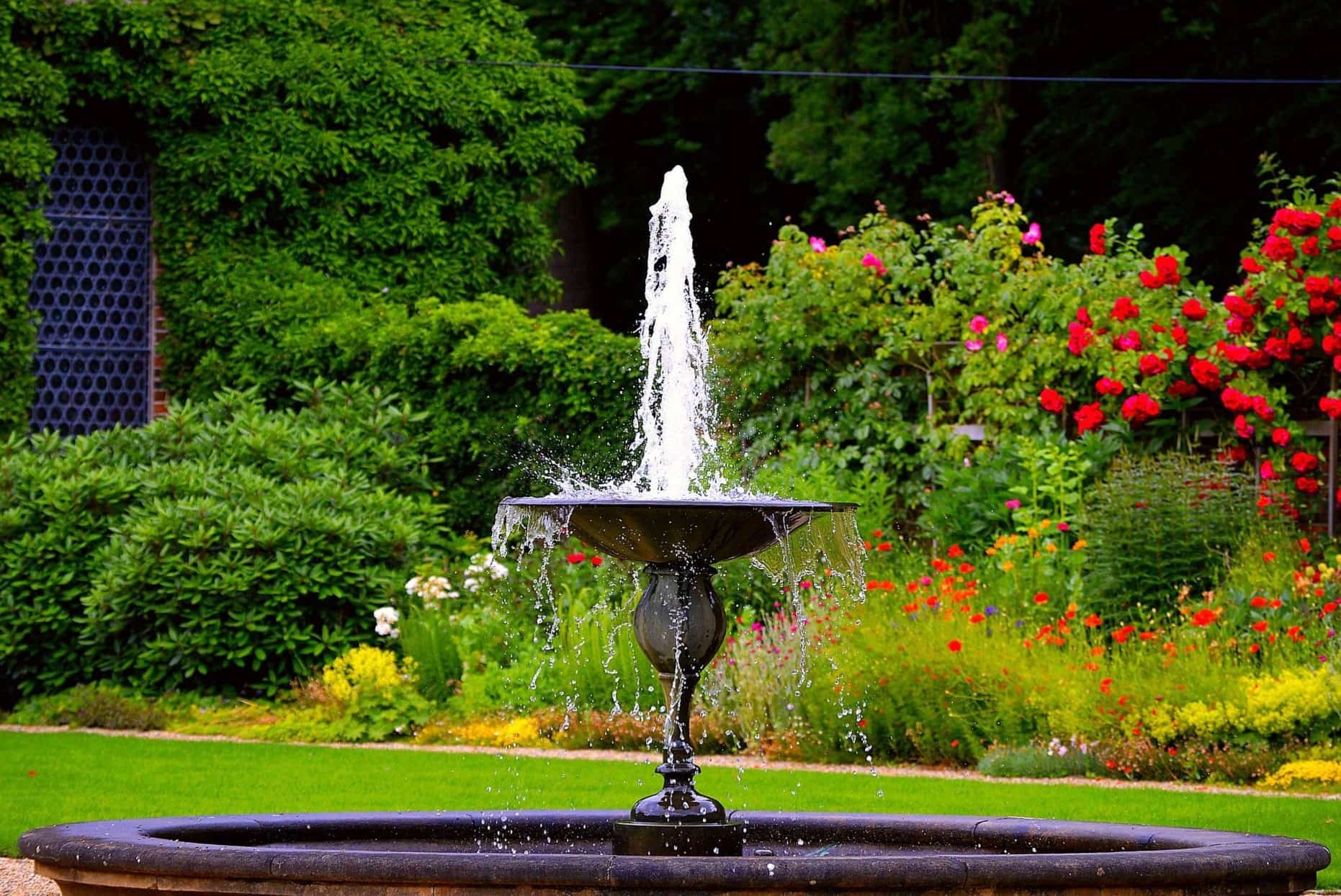
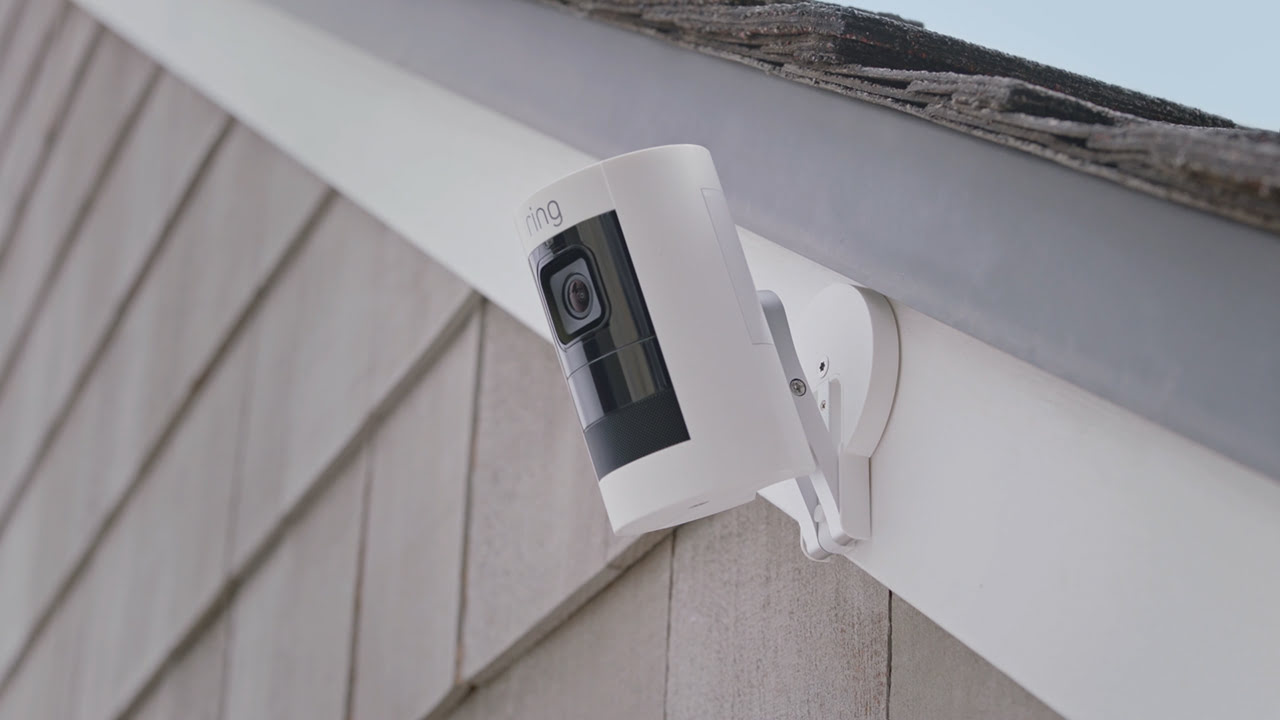
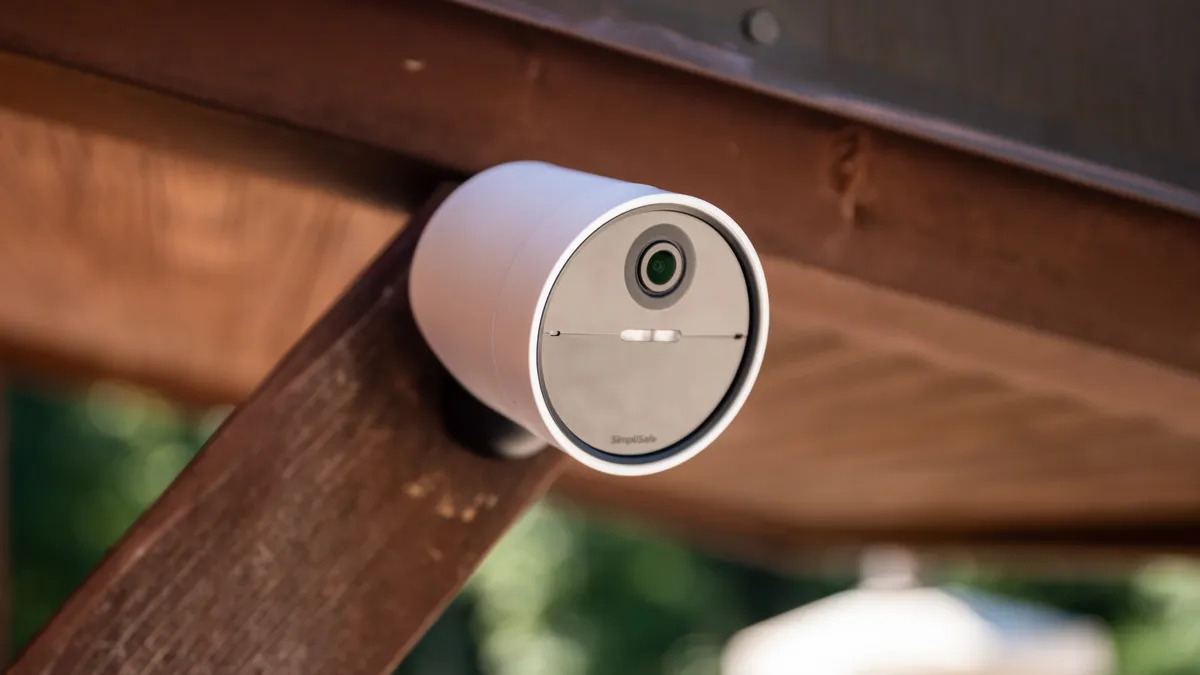
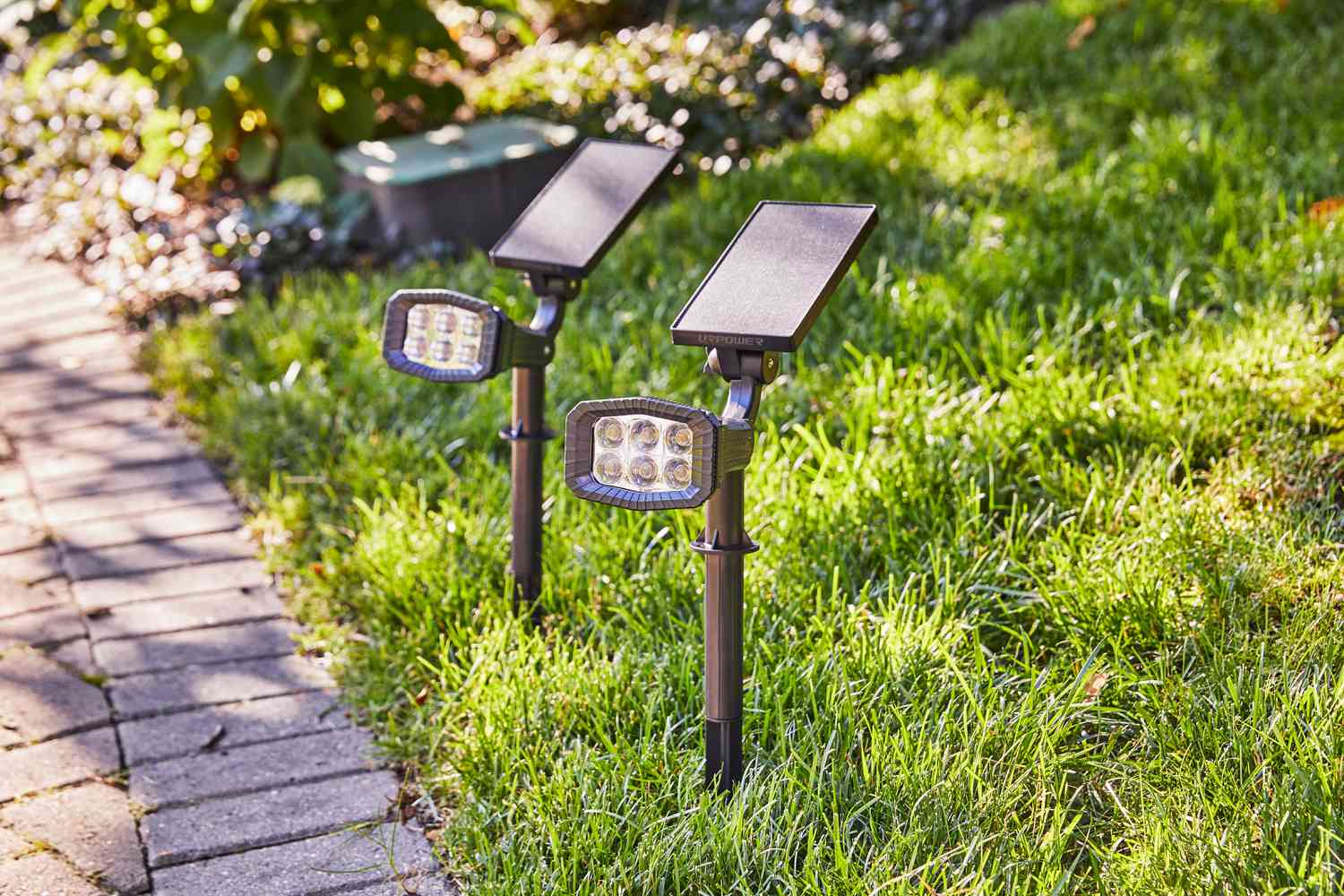
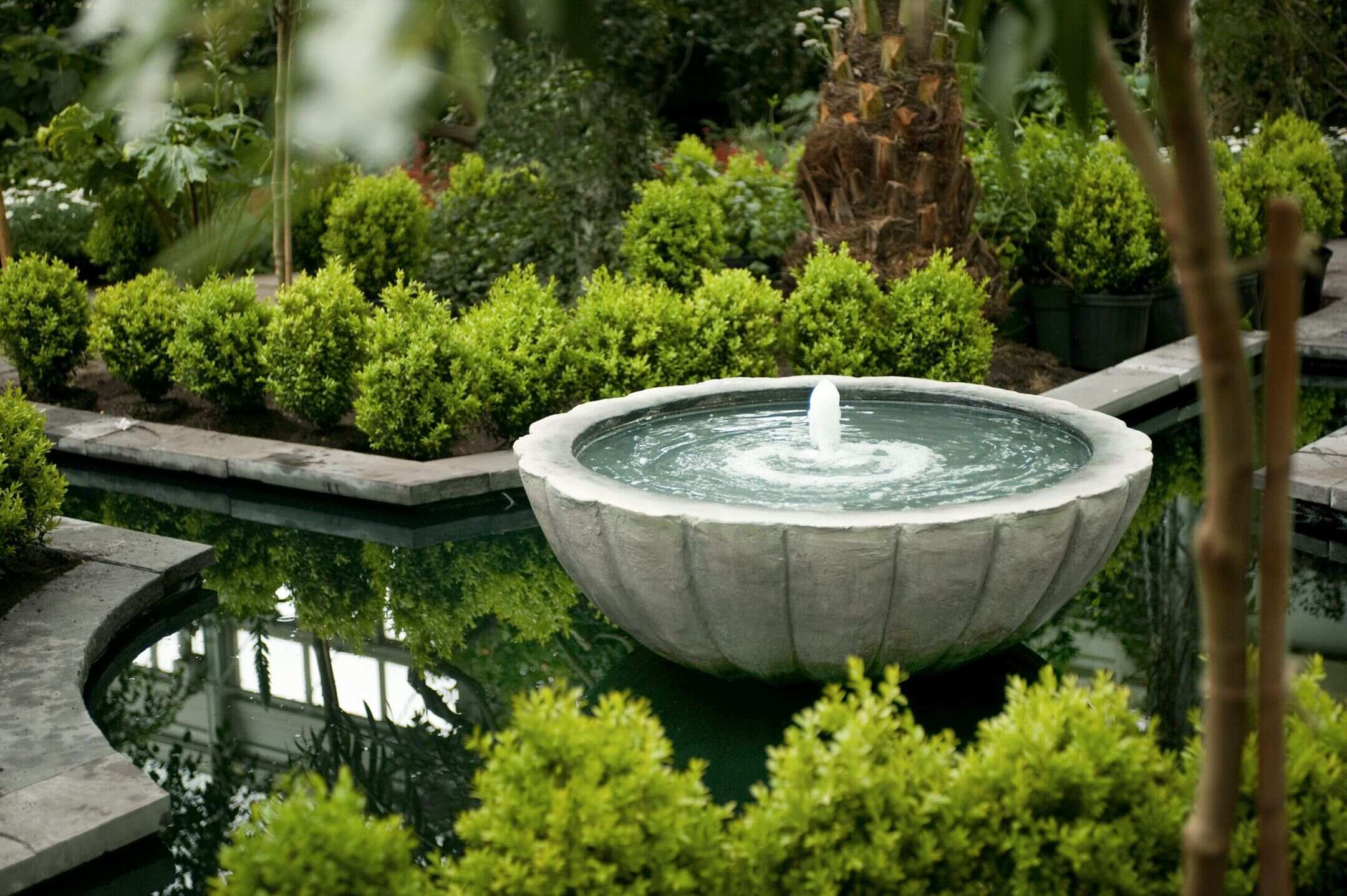

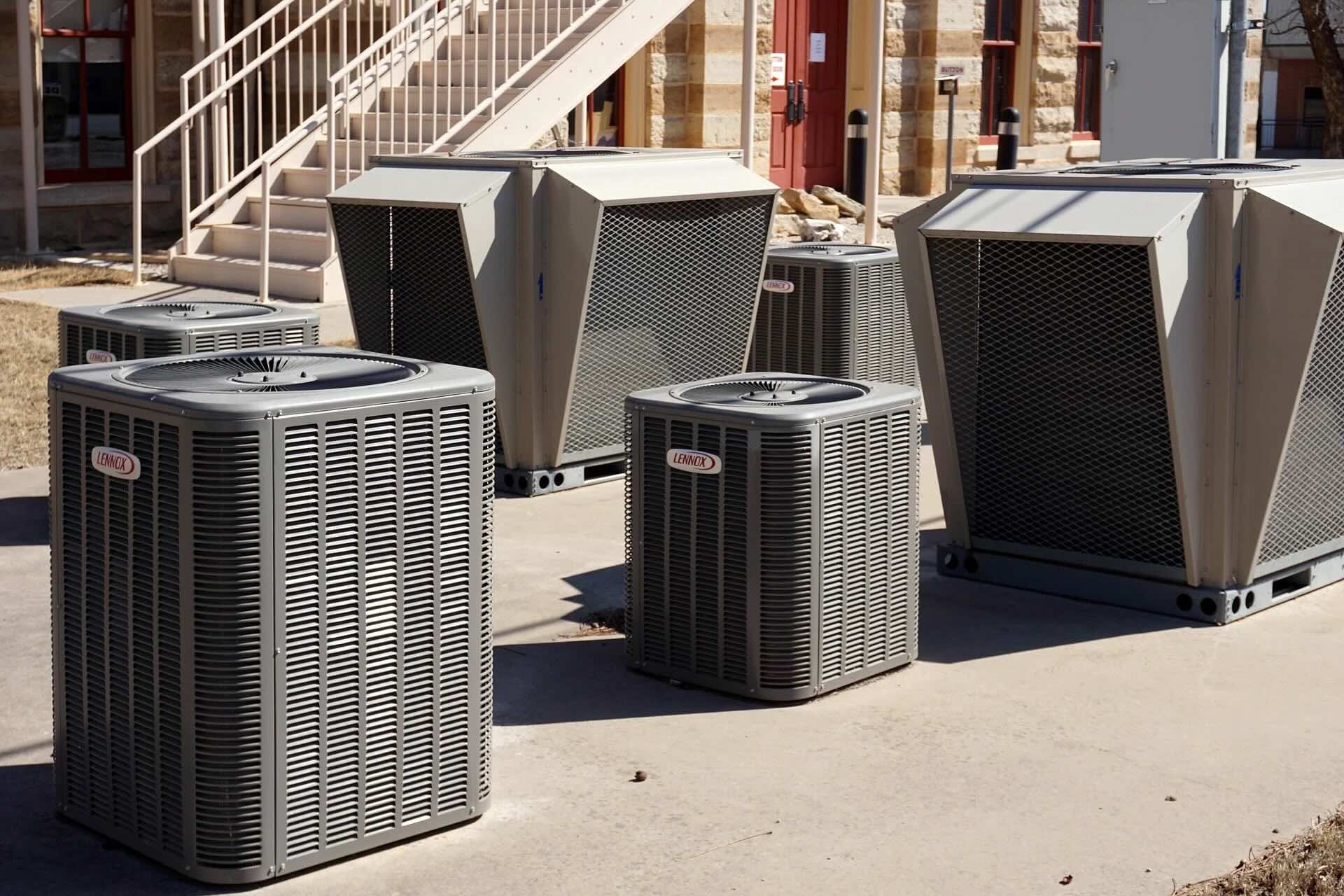
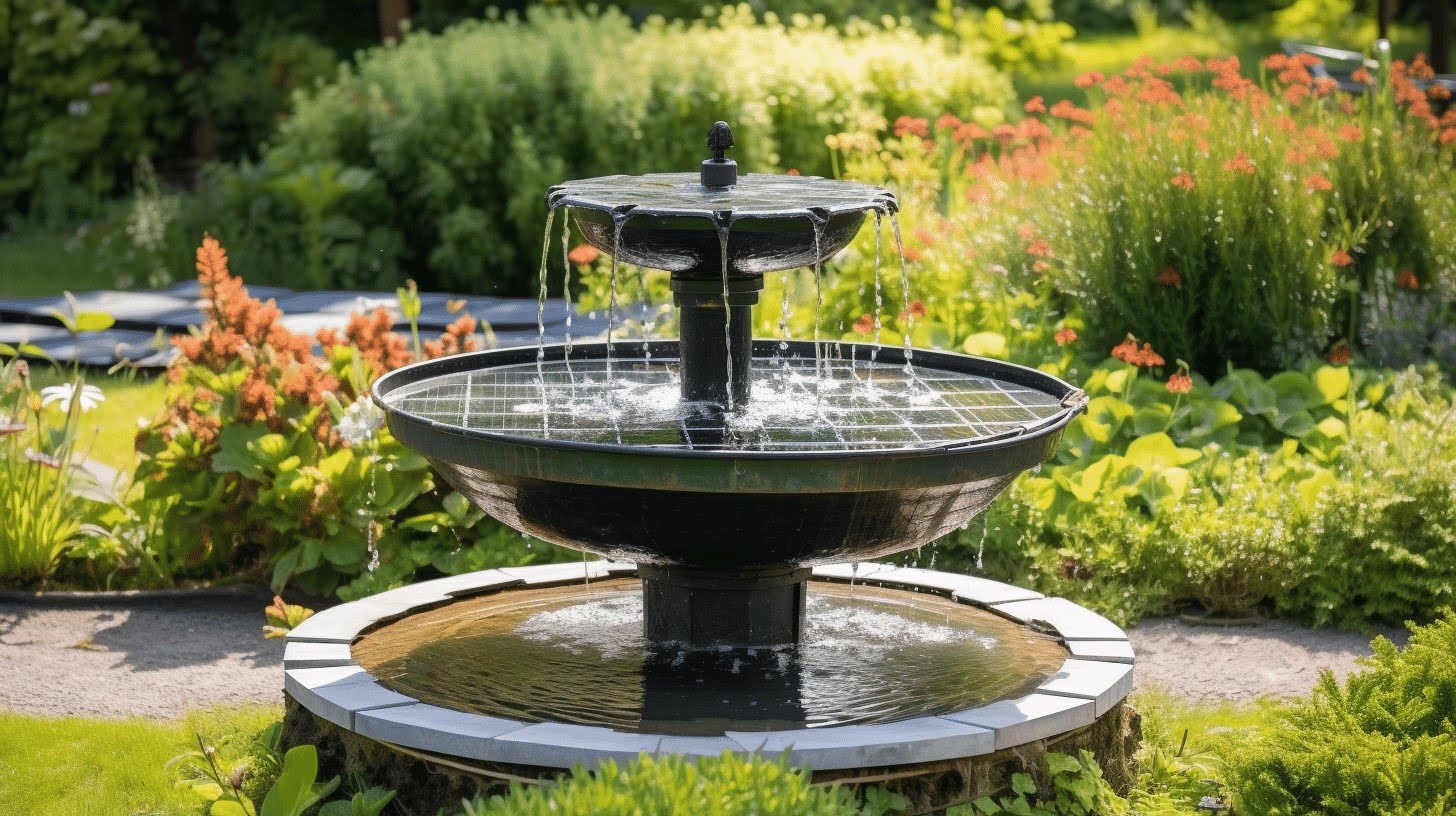
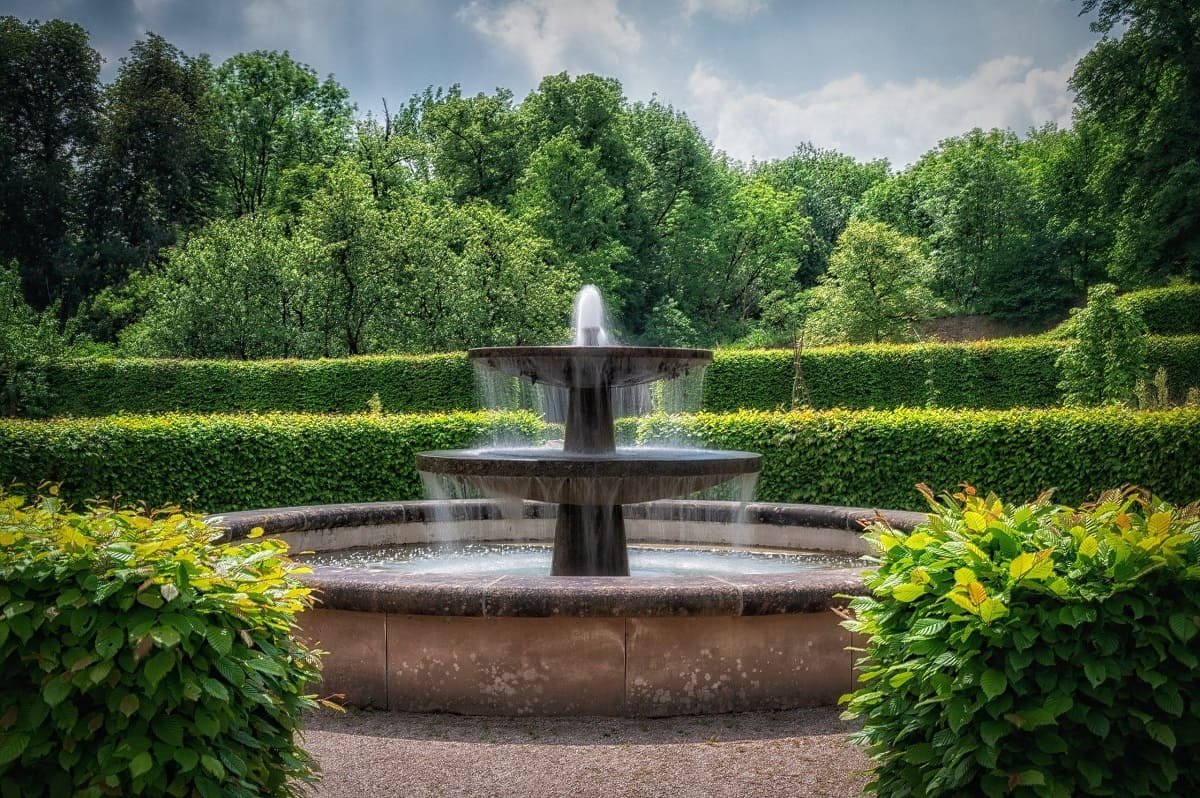
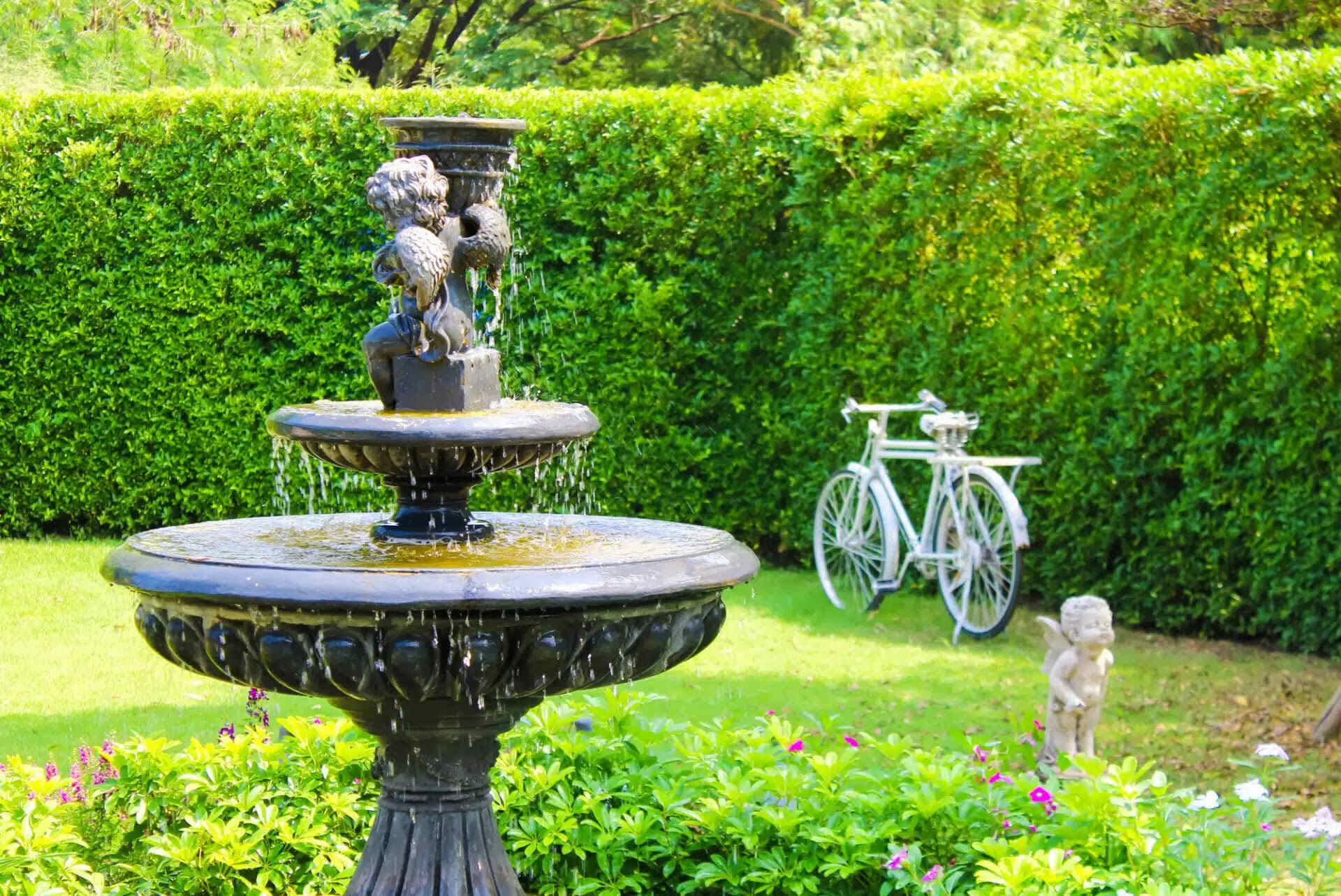
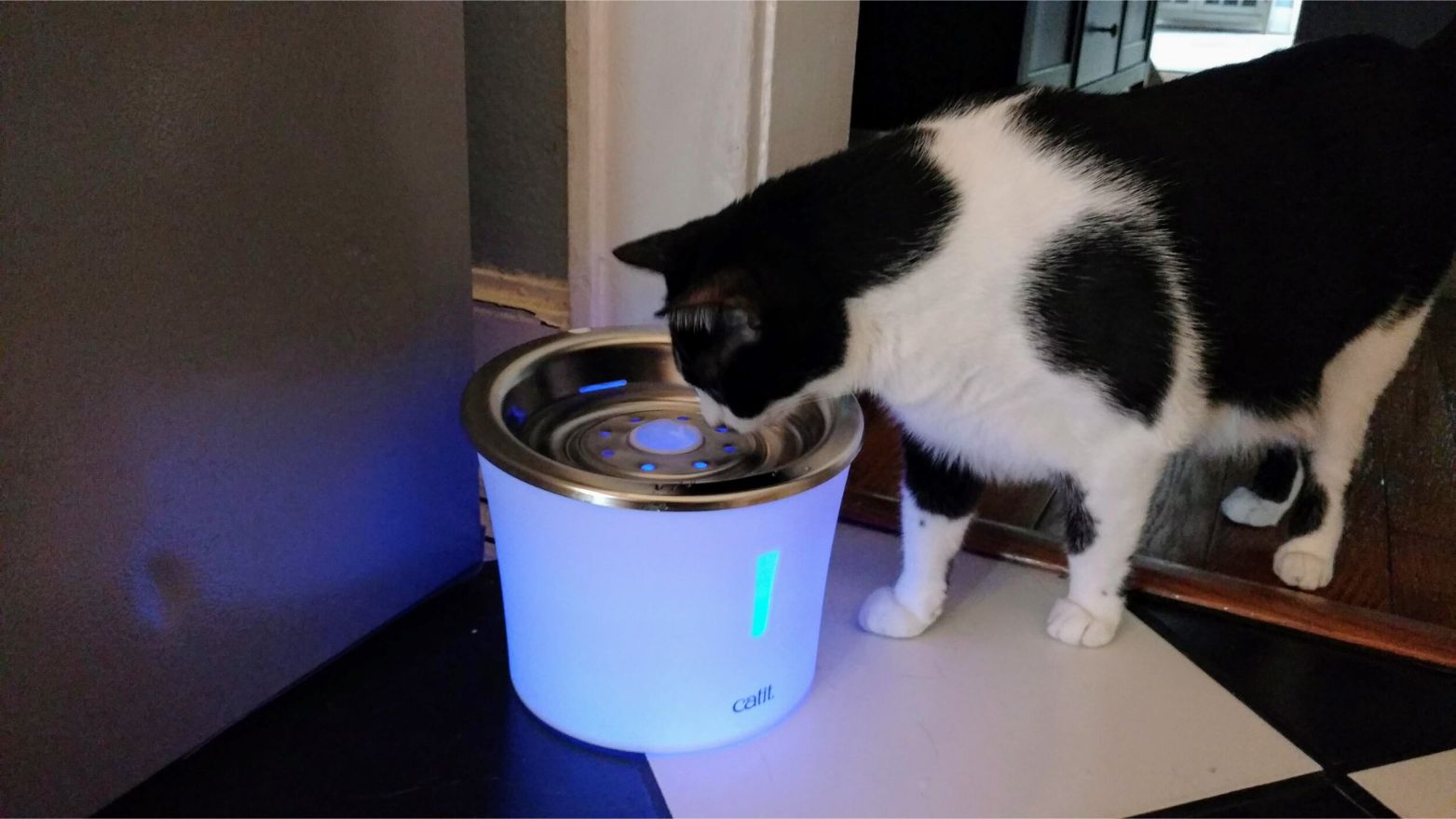
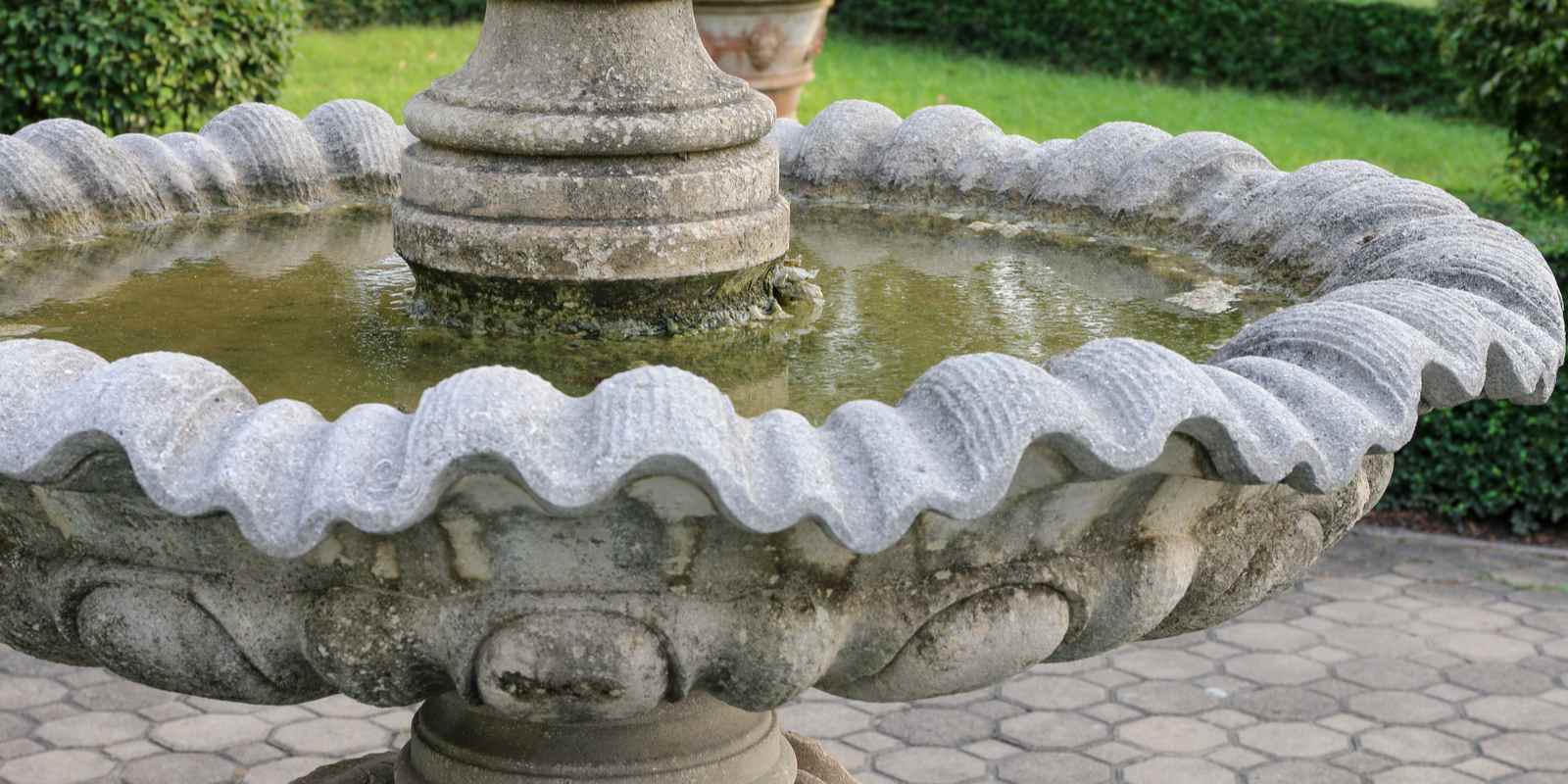
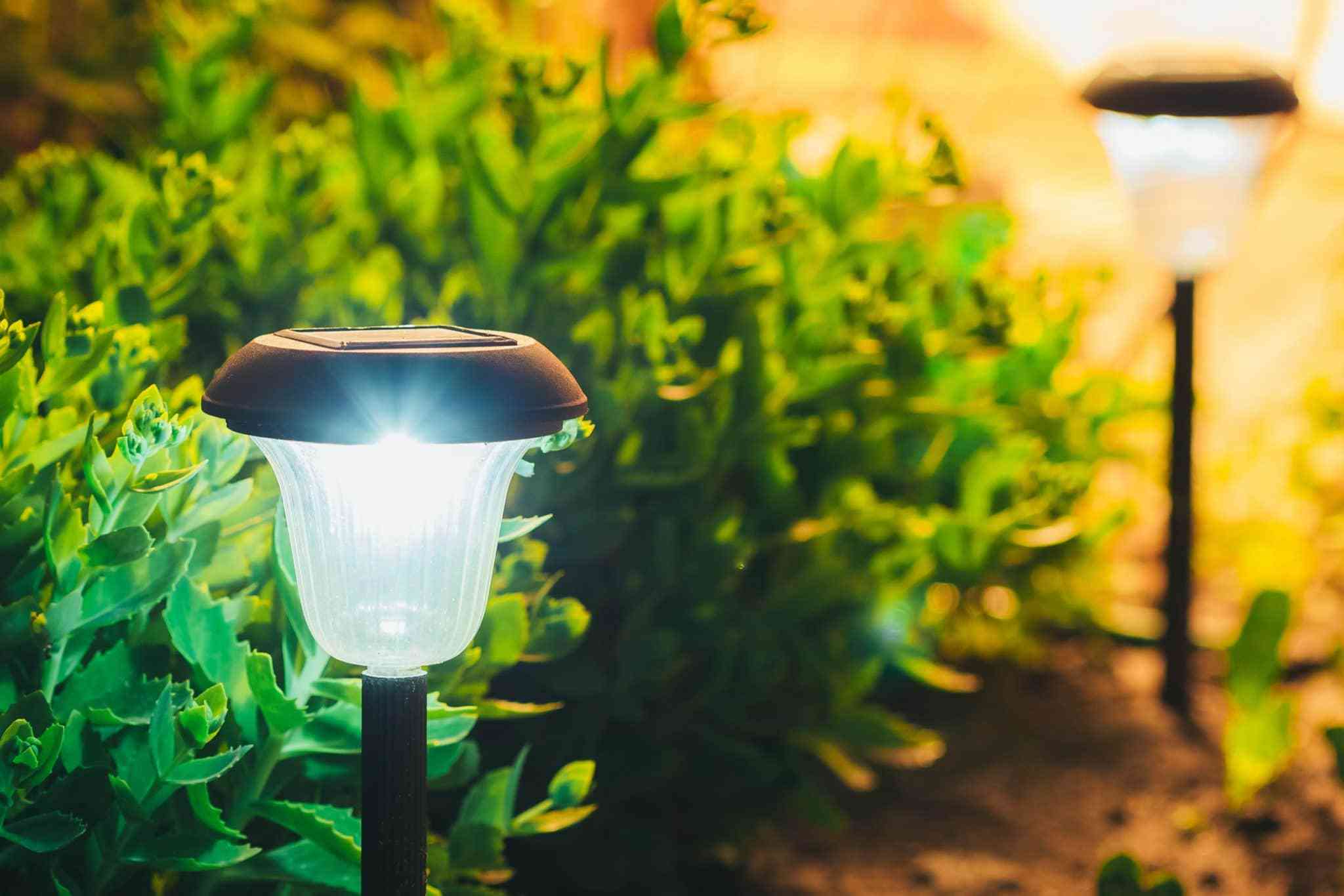


0 thoughts on “How Do Outdoor Fountains Work”